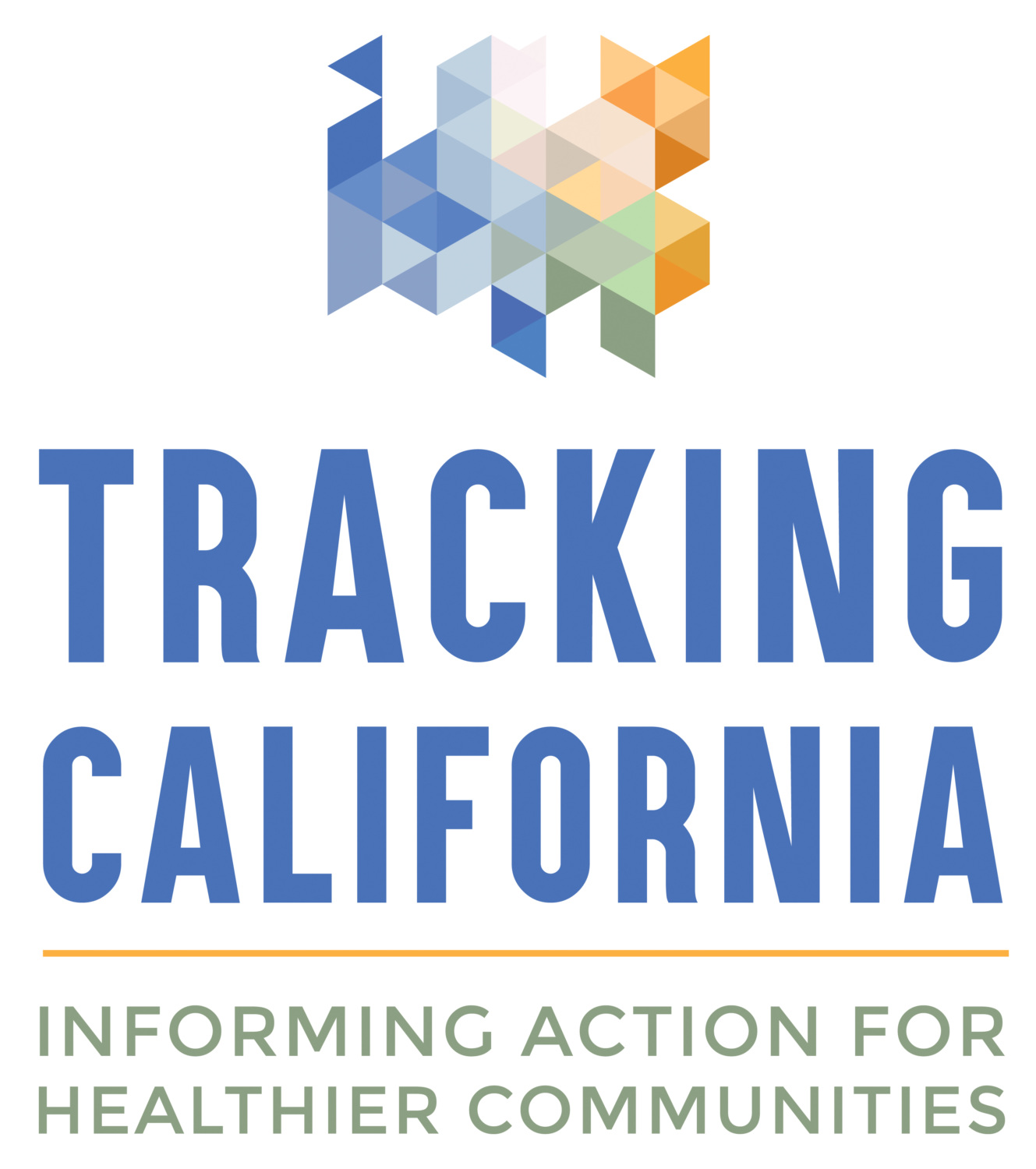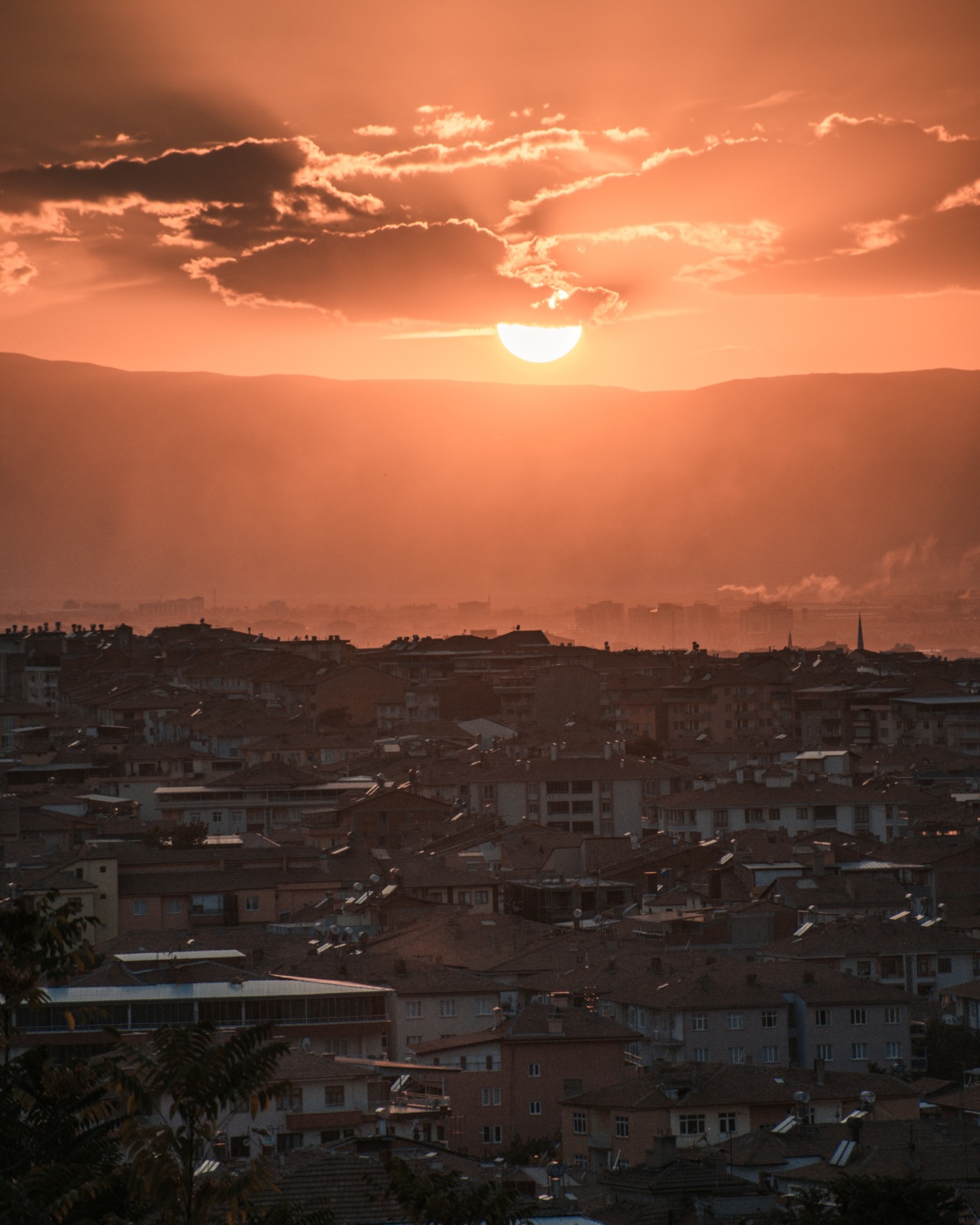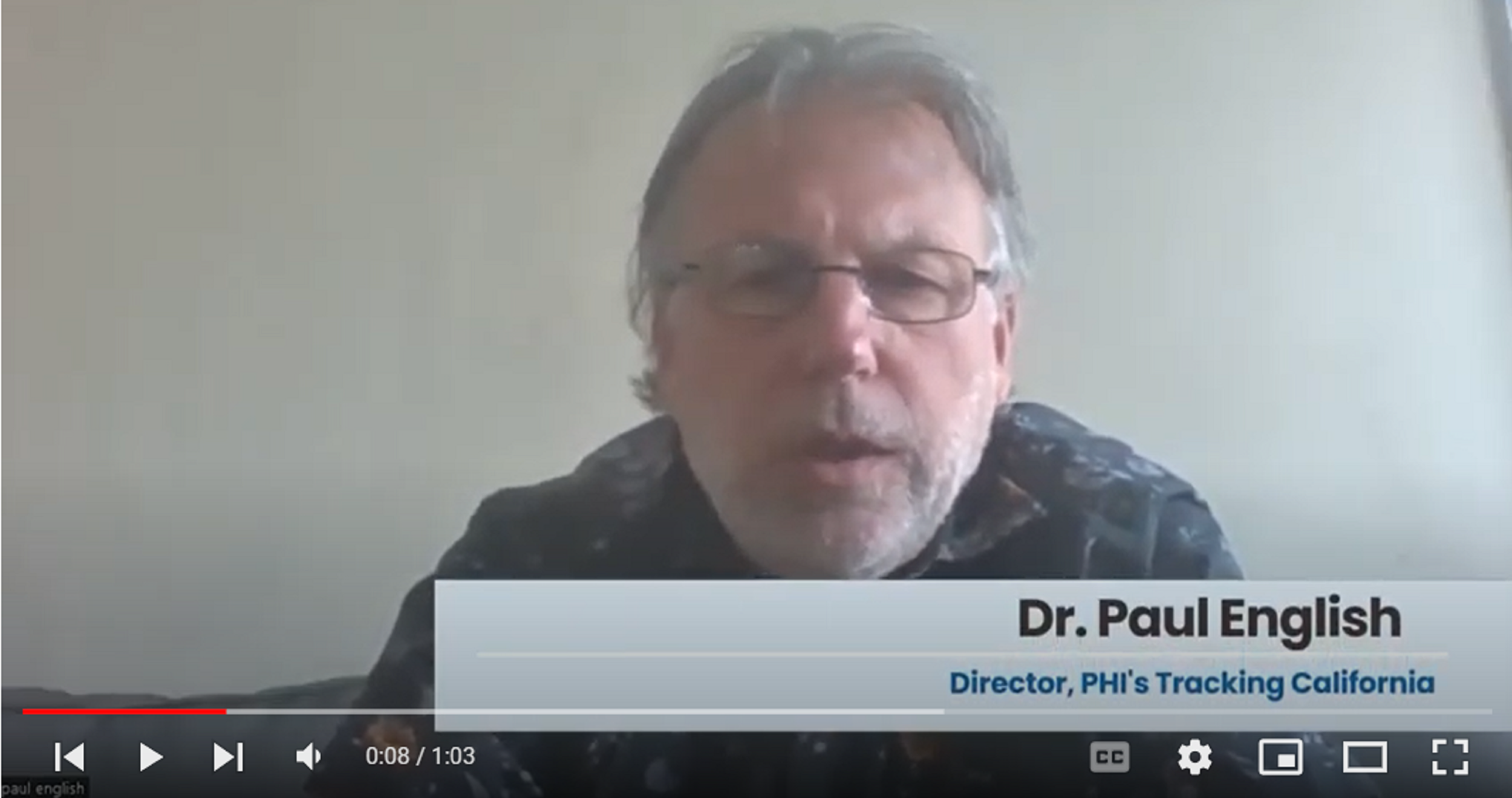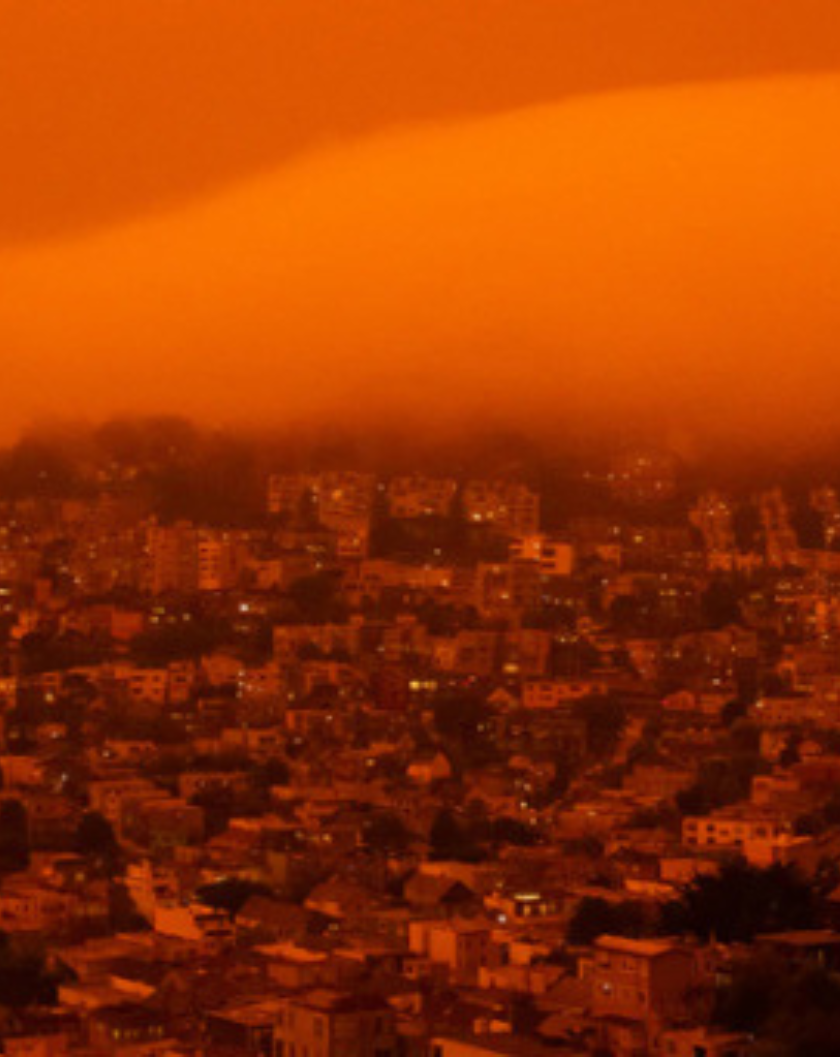
Press Release
New Study Shows Connection Between Air Pollution and Increased Risk for COVID Infection and Death in California
-
Focus Areas
Environmental Health -
Issues
Wildfires & Extreme Heat -
Expertise
Research – Quantitative -
Programs
Tracking California -
Strategic Initiatives
COVID-19

More than 4,250 COVID-19 deaths could have been prevented in one year if all of California met National Ambient Air Quality Standards for PM2.5
California is home to some of the highest concentrations of air pollution in the nation. A study released today by the Public Health Institute’s Tracking California program reveals that air pollution increases the risk of COVID-19 infection and death. The study, Association Between Long-Term Exposure to Particulate Air Pollution with SARS-CoV-2 Infections and COVID-19 Deaths in California, U.S.A., was conducted in partnership with researchers from the University of California, San Francisco.
Read the full study
Previous studies have reported a connection between air pollution and COVID-19 morbidity and mortality and have focused their exposure assessment on areas larger than local neighborhoods. This is the first study of its kind for California that looks at neighborhood-level air pollution data and examines over 3 million SARS-CoV-2 infections and about 50,000 COVID-19 deaths in California from February 2020 to February 2021 to evaluate the risks associated with long-term levels of fine particulate matter (PM2.5). High levels of the air pollutant PM2.5 can negatively impact our health and can cause asthma, lung cancer and other respiratory diseases. The study also focuses on individual-level data, such as age and gender.

Dr. Paul English, Director of PHI’s Tracking California, speaks on a new study that shows the connection between air pollution—including wildfire smoke—and increased risk for COVID infection and death. See more videos below. Note for media: Press can embed and edit the video footage with proper attribution to PHI, or contact us to access the original footage.
Research findings
When compared to those living in neighborhoods with the lowest PM2.5 exposure, researchers found that individuals living in neighborhoods with the highest long-term PM2.5 exposure were:
- At 20% higher risk of SARS-CoV-2 infections
- At 51% higher risk of COVID-19 mortality
- More likely to be Hispanic and from low-income communities
Areas with the greatest concentration of PM2.5 were California’s San Joaquin Valley and South Coast air basins. Researchers estimate that 9% or approximately 4,250 COVID-19 deaths during the study period could have been prevented if the entire state met the National Ambient Air Quality Standards for PM2.5. The standards include the maximum allowable levels for the fine particulate matter analyzed in this study, a pollutant which is of high public health concern, as it can be inhaled deeply into the lungs.
“People of color live in communities that have some of the worst air pollution and also have greater chances of getting sick and even greater chances of dying from COVID,” explained Paul English, lead author on the study and director of PHI’s Tracking California program. “This is really concerning, especially in regions like the San Joaquin Valley where wildfires are occurring right now and contributing to greater air pollution. We can save lives by making sure families and schools have access to free and low-cost air cleaners, and that outdoor workers receive paid time off and adequate personal protection during high-pollution events like wildfires,” English added.
Long-standing inequities and racism have contributed to pre-existing medical conditions and poor health outcomes for low-income and communities of color, putting them at greater risk of COVID illness and death. These same communities experience the burden of unequal distribution of environmental hazards and pollution and lack adequate public health resources to protect their health.
“Our research shines a bright light on the importance of reducing levels of air pollution to protect public health, and more importantly, to save lives,” explained Peggy Reynolds, professor in the Department of Epidemiology and Biostatistics at the University of California, San Francisco.
This research study was funded by the California Air Resources Board. The University of California, Los Angeles and University of California, Davis provided technical assistance on this project.
Watch: PHI’s Dr. Paul English on the connection between air pollution & increased risk for COVID infection and death:
Dr. Paul English, Director of PHI’s Tracking California, speaks on a new study that shows the connection between air pollution—including wildfire smoke—and increased risk for COVID infection and death. Watch the full playlist (above) or access individual videos:
- Study overview: Understanding the link between COVID and air pollution
- Air pollution, COVID & health inequities
- Connections between wildfires and air quality
- Solutions: What communities need to reduce the effects of air pollution and wildfire smoke
Note for media: Press can embed and edit the video footage with proper attribution to PHI. Contact us to access the original footage.
Work With Us
You change the world. We do the rest. Explore fiscal sponsorship at PHI.
Support Us
Together, we can accelerate our response to public health’s most critical issues.
Find Employment
Begin your career at the Public Health Institute.



